Name Soghomon Tehlirian | ||
 | ||
Political party | ||
Aram yerganian soghomon tehlirian
Soghomon Tehlirian (or Tehlerian, classical Armenian: Սողոմոն Թեհլիրեան; April 2, 1896–May 23, 1960) was an Armenian who assassinated Talaat Pasha, the former Grand Vizier of the Ottoman Empire, in Berlin on March 15, 1921. The assassination was a part of Operation Nemesis, planned by the Armenian Revolutionary Federation as revenge for the Armenian Genocide orchestrated by the Ottoman Imperial Government during World War I. Talaat Pasha had been convicted and sentenced to death in absentia in the Turkish courts-martial of 1919–20, and was viewed as the main orchestrator of the genocide. After a two-day trial Tehlirian was found not guilty by the German court, and freed. Tehlirian is considered a national hero by Armenians.
Contents
- Aram yerganian soghomon tehlirian
- son of soghomon tehlirian
- Life
- Genocide
- Assassination of Talt Pasha
- Trial
- Later life
- Legacy
- In popular culture
- References
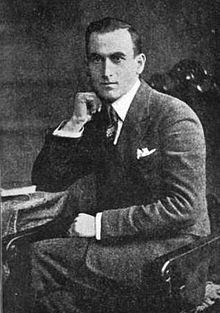
son of soghomon tehlirian
Life
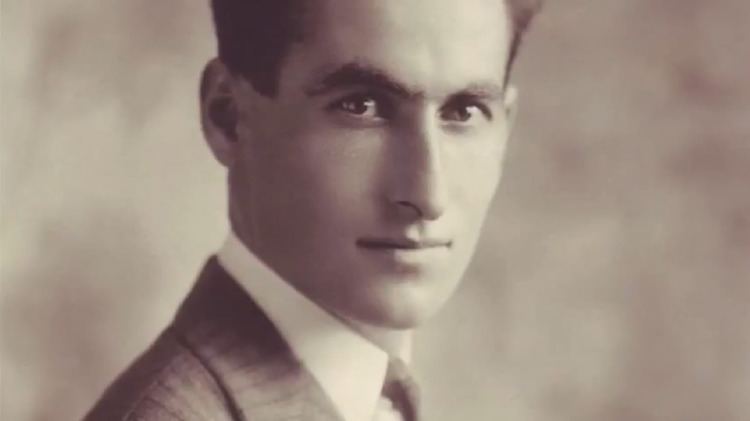
Soghomon Tehlirian was born on April 2, 1896 in the village of Nerkin Bagarij, in the Erzurum vilayet of the Ottoman Empire. Tehlirian's father left for Serbia to secure the family's planned move to the country. After his return in 1905, he was arrested and sentenced to six months imprisonment. During this time, the Tehlirian family moved from Nerkin Bagarij to Erzinjan. Tehlirian received his initial education at the Protestant elementary school in Erzinjan. After graduation at the Getronagan (Central) Lyceum of Constantinople, he went to study engineering in Serbia and had plans to continue his education in Germany.
Genocide
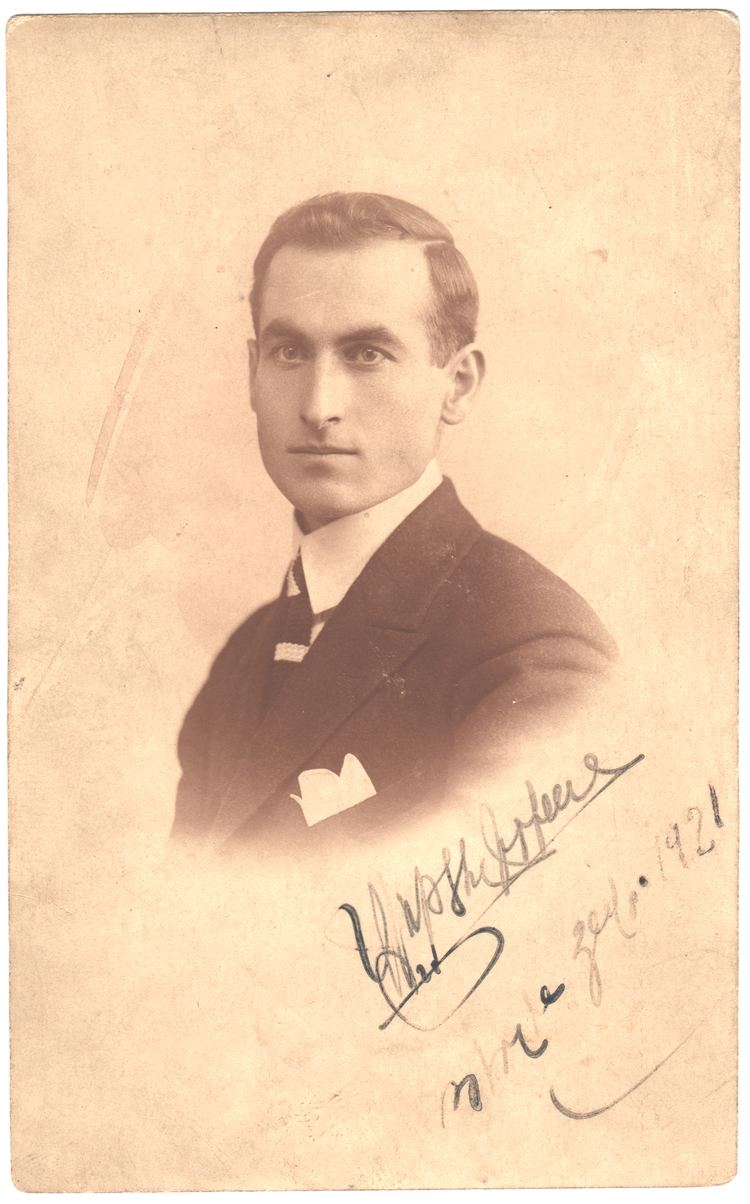
He was in Valjevo, Serbia, in June 1914. In the fall of that year, Tehlirian made his way to Russia and joined the army to serve in a volunteer unit on the Caucasus Front against the Turks. In June 1915, the Ottoman local police ordered the deportation of all the Armenians in Erzinjan. Tehlirian's mother, three sisters, his sister's husband, his two brothers, and a two-year-old niece were deported. All told, Tehlirian lost 85 family members to the Armenian Genocide.
Assassination of Talât Pasha

In 1921 he joined Operation Nemesis, a covert assassination program that would target the architects of the Armenian Genocide.
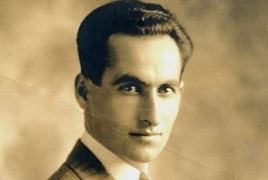
Tehlirian's main target was Talât Pasha, who was a member of the military triumvirate known as the "Three Pashas" who controlled the Ottoman Empire. He was the former Minister of the Interior and Grand Vizier (an office equivalent to that of a prime minister), and was noted for his prominent role in the Armenian Genocide. As soon as he found Talât Pasha's address on 4 Hardenbergstraße, in the Charlottenburg district of Berlin, Tehlirian rented an apartment near his house so that he could study his everyday routine.
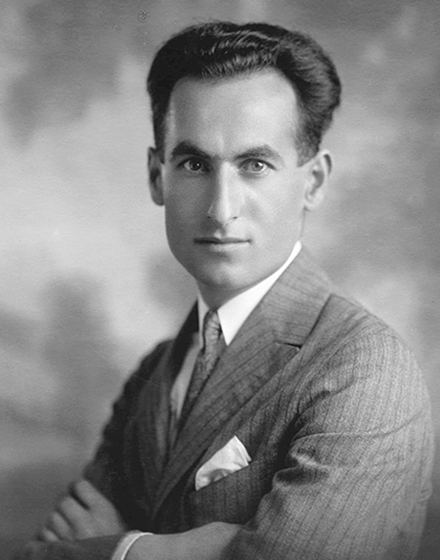
Tehlirian shadowed Talât as he left his house on Hardenbergstraße on the morning of March 15, 1921. He crossed the street to view him from the opposite sidewalk, then crossed it once more to walk past him to confirm his identity. He then turned around and pointed his gun to shoot him in the nape of the neck. Talât was felled with a single 9mm parabellum round from a Luger P08 pistol. The assassination took place in broad daylight and led to Tehlirian's immediate arrest by German police, who in any case had been told by his handlers, Armen Garo and Shahan Natalie, not to run from the crime scene.
Trial
Tehlirian was tried for murder, but was eventually acquitted by the twelve-man jury. His trial was a rather sensationalized event at the time, taking place shortly after the establishment of the Weimar Republic, with Tehlirian being represented by three German defense attorneys, including Dr. Theodor Niemeyer, professor of law at Kiel University. Priest and Armenian Genocide survivor Grigoris Balakian, German activist Johannes Lepsius, and German commander of the Ottoman armed forces during the war General Liman von Sanders were among several of the prominent individuals called as witnesses to the trial.
The trial examined not only Tehlirian’s actions but also Tehlirian's conviction that Talât was the main author of the Armenian deportation and mass killings. The defense attorneys made no attempt to deny the fact that Tehlirian had killed a man, and instead focused on the influence of the Armenian Genocide on Tehlirian's mental state. Tehlirian claimed during the trial that he had been present in Erzincan in 1915 and had been deported along with his family and personally witnessed their murder. When asked by the judge if he felt any sort of guilt, Tehlirian remarked, "I do not consider myself guilty because my conscience is clear…I have killed a man. But I am not a murderer."
During his trial, Tehlirian claimed that while he was in Germany, he saw his mother in his dreams who scorned her son for seeing Talât Pasha and not having taken revenge yet. During the trial, Tehlirian's dream was described as follows:
He remained calm, and thoughts of vengeance did not occur to him. He carried on as before until five to six weeks later, when he saw a dream, materially almost like a vision. His mother’s corpse arose before him. He told her, “I saw Talaat.” His mother answered, “You saw Talaat and you did not avenge your mother’s, father’s, brothers’, and sisters’ murders? You are no longer my son.” This is the moment when the defendant thought, “I have to do something. I want to be my mother’s son again. She cannot turn me away when I go to be with her in heaven. I want her to clasp me to her bosom like before.” As the doctors explained, the dream ended when he woke up.
It took the jury slightly over an hour to render a verdict of "not guilty."
Later life
After the assassination, Tehlirian moved to Yugoslavia and eventually married Anahit Tatikian who was also from Erzincan. During his days in Serbia, Tehlirian was a member of the shooting club and was considered a skilled marksman. The married couple moved to Belgium and lived there until 1945, when they moved to San Francisco.
Tehlirian died in 1960 and is buried at the Ararat Cemetery in Fresno, California. Tehlirian's monument-grave is an obelisk with a gold-plated eagle slaying a snake on top. It is reported that the original artist of the monument was quoted as saying that the eagle was "...the arm of justice of the Armenian people extending their wrath onto Talaat Pasha," who was symbolized by the snake. The monument itself is centered in the middle of the cemetery with a walkway made of red brick surrounded by cypress trees.
Legacy
The trial influenced Polish lawyer Raphael Lemkin, who later reflected on the trial, "Why is a man punished when he kills another man? Why is the killing of a million a lesser crime than the killing of a single individual?"
Political theorist Hannah Arendt, in her 1963 book Eichmann in Jerusalem, compares Tehlirian to Sholom Schwartzbard, who assassinated Ukrainian statesman Symon Petliura in Paris in 1925 for what Schwartzbard believed to be Petlyura's culpability in the anti-Jewish pogroms in Ukraine. Arendt suggests that each man "insisted on being tried", in order "to show the world through court procedure what crimes against his people had been committed and gone unpunished."
[T]he one in the center of the play, on whom all eyes are fastened, is now the true hero, while at the same time the trial character of the proceedings is safeguarded, because it is not "a spectacle with prearranged results" but contains that element of "irreducible risk" which... is an indispensable factor in all criminal trials. Also, the J'accuse, so indispensable from the viewpoint of the victim, sounds, of course, much more convincing in the mouth of a man who has been forced to take the law into his own hands than in the voice of a government-appointed agent who risks nothing. And yet... it is more than doubtful that this solution would have been justifiable in Eichmann's case, and it is obvious that it would have been altogether unjustifiable if carried out by government agents. The point in favor of Schwartzbard and Tehlirian was that each was a member of an ethnic group that did not possess its own state and legal system, that there was no tribunal in the world to which either group could have brought its victims.
Several statues of Tehlirian have been erected in Armenia. His first statue in Armenia was inaugurated in 1990 in the village of Mastara.
In 2014, Tehlirian's story was told in a graphic novel, Special Mission: Nemesis.
In popular culture
The song Գինի լից, Gini lits ("Pour the wine") is a well-known revolutionary song, which commemorates and glorifies the assassination of Talaat by Tehlirian. It has been recorded in a variety of versions and is known by heart by many Armenians. The version by Sahak Sahakyan also has a music video. The first stanza of the song goes:
The Armenians' horror shook the world,The Turkish throne fell to the ground,Let me tell you about the death of Talaat.Pour the wine, dear friend, pour the wine,Drink it nicely; drink it with delight.